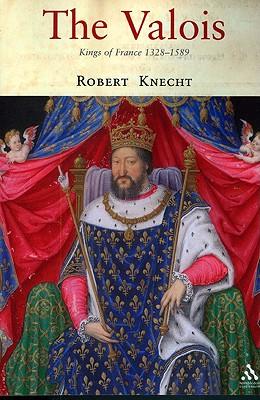The house of Valois ruled France for 250 years, playing a crucial role in its establishment as a major European power. When Philip VI came to the throne, in 1328, France was a weak country, with much of its modern area under English rule. Victory in the Hundred Years' War, and the acquisition of Brittany and much of Burgundy, combined with a large population and taxable wealth, made the France of Francis I the only power in Europe capable of rivalling the empire of Charles V. Francis displayed his power by spectacular artistic patronage and aggressive foreign wars. Following the death of Henry II in a tournament, the problems of two royal minorities and the divisive forces of the Reformation led to the temporary eclipse of royal power. When the last Valois, Henry III, was stabbed to death by a Dominican Friar in 1589, the dynasty was already discredited but the monarchy survived intact.

The house of Valois ruled France for 250 years, playing a crucial role in its establishment as a major European power. When Philip VI came to the throne, in 1328, France was a weak country, with much of its modern area under English rule. Victory in the Hundred Years' War, and the acquisition of Brittany and much of Burgundy, combined with a large population and taxable wealth, made the France of Francis I the only power in Europe capable of rivalling the empire of Charles V. Francis displayed his power by spectacular artistic patronage and aggressive foreign wars. Following the death of Henry II in a tournament, the problems of two royal minorities and the divisive forces of the Reformation led to the temporary eclipse of royal power. When the last Valois, Henry III, was stabbed to death by a Dominican Friar in 1589, the dynasty was already discredited but the monarchy survived intact.